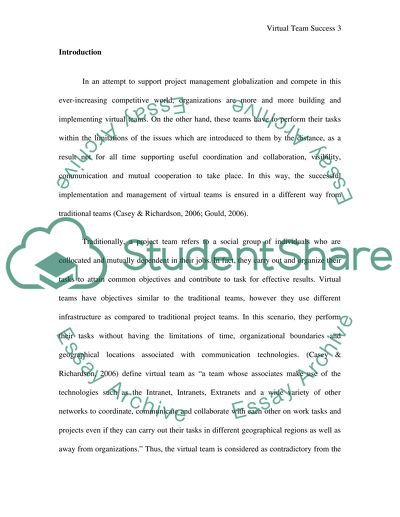Cite this document
(“Virtual Team success Term Paper Example | Topics and Well Written Essays - 3000 words”, n.d.)
Retrieved from https://studentshare.org/information-technology/1397604-virtual-team-success
Retrieved from https://studentshare.org/information-technology/1397604-virtual-team-success
(Virtual Team Success Term Paper Example | Topics and Well Written Essays - 3000 Words)
https://studentshare.org/information-technology/1397604-virtual-team-success.
https://studentshare.org/information-technology/1397604-virtual-team-success.
“Virtual Team Success Term Paper Example | Topics and Well Written Essays - 3000 Words”, n.d. https://studentshare.org/information-technology/1397604-virtual-team-success.


